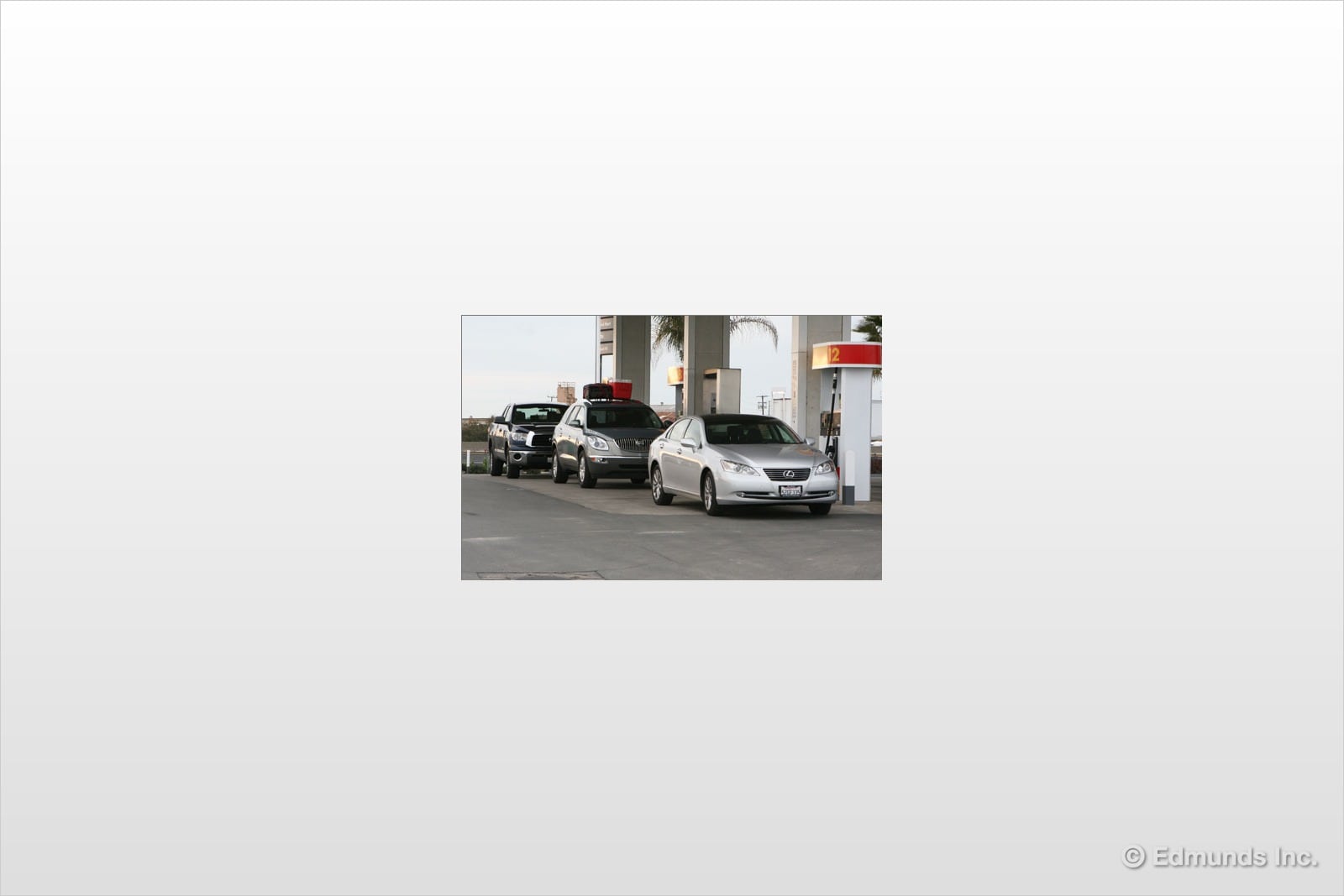With all the threads and discussion about Tesla drivers not getting the electric range they expected, I thought it would be helpful to put up this thread with some actual data on trips comparing different speeds. And a startling note about acceleration and kw/mi juice. Please feel free to contribute your data as well as your comments.
I live in Arroyo Grande CA and drive to San Luis Obispo 3x wk to swim at a fitness club there. It’s 12.7 mi to the club taking a back road Hwy 227 and 14 mi taking the 101. Much of the 227 route has nice curves then bigger sweepers that limit your speed to 45-55 mph. I can usually drive the 101 on the other hand at 72mph unless there’s a lot of traffic (and I don’t usually drive this route during rush hour). Oh and temps were ~60 F w/no true wi
Using the trip function in the Tesla I noted these data:
Hwy 227 45-55mph 241 Wh/mi
Hwy 101 72mph 275 Wh/mi
That’s a bit over 10% difference in power consumption. It’s my hypothesis that increasing the speed to 75-85 would increase that difference much more.
What was really eye popping was that when I left the club and was accelerating up to the speed limit (which I like to do quickly), the Wh during that acceleration was 1,100+ Yes it’s only momentary but I have to wonder how much that adds up over time.
Yes it’s only momentary but I have to wonder how much that adds up over time.
I live in Arroyo Grande CA and drive to San Luis Obispo 3x wk to swim at a fitness club there. It’s 12.7 mi to the club taking a back road Hwy 227 and 14 mi taking the 101. Much of the 227 route has nice curves then bigger sweepers that limit your speed to 45-55 mph. I can usually drive the 101 on the other hand at 72mph unless there’s a lot of traffic (and I don’t usually drive this route during rush hour). Oh and temps were ~60 F w/no true wi
Using the trip function in the Tesla I noted these data:
Hwy 227 45-55mph 241 Wh/mi
Hwy 101 72mph 275 Wh/mi
That’s a bit over 10% difference in power consumption. It’s my hypothesis that increasing the speed to 75-85 would increase that difference much more.
What was really eye popping was that when I left the club and was accelerating up to the speed limit (which I like to do quickly), the Wh during that acceleration was 1,100+



